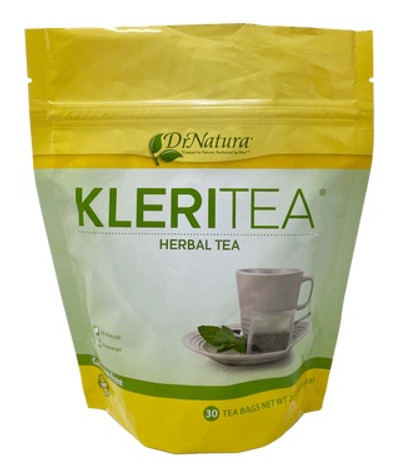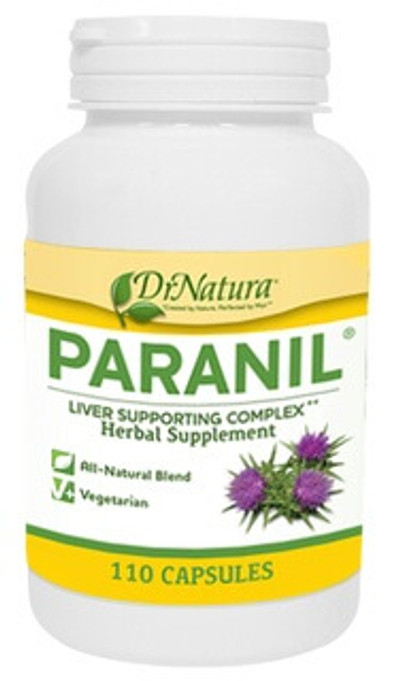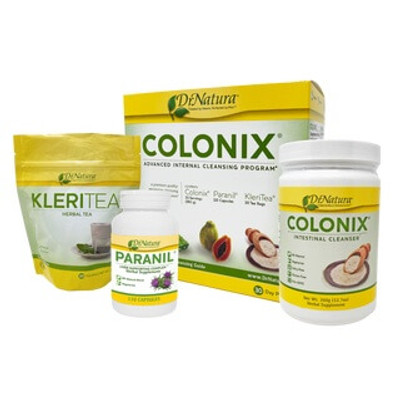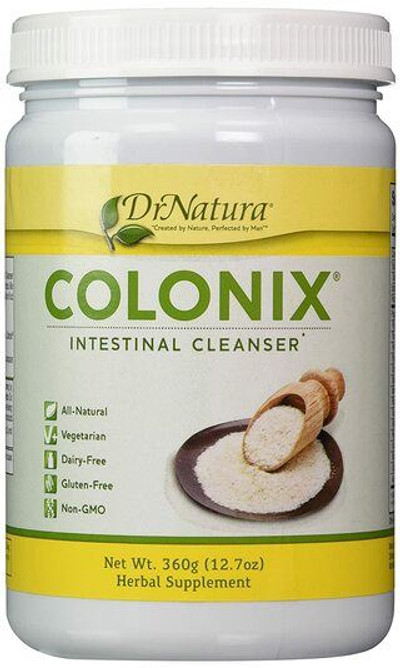

Our Ingredients
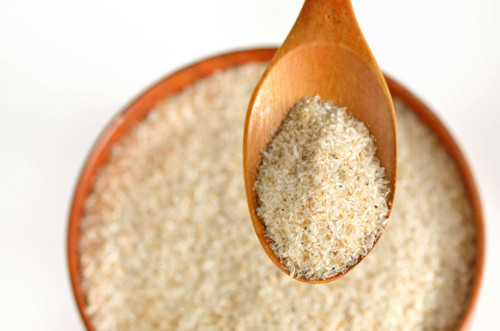
Psyllium Husks (Plantago ovata)
Psyllium husks, consisting of the ripe seeds or epidermis of Plantago ovata, grow in India, Afghanistan, Iran, Israel, northern Africa, Spain, and the Canary Islands. It is cultivated in India and neighboring countries as well as in Brazil and Arizona. Psyllium seed husks are mainly used to helpconstipation and irritable bowel movement.*

Flax Seed (Linum usitatissimum)
Flax is cultivated worldwide for its many uses. The dry, ripe seeds of the flax plant are used medicinally. There are over 200 species of annual and perennial plants in the flax genus. Flax seed is used to help bowel conditions such as chronic constipation, irritable colon, diverticulitis, and colons damaged by the overuse and abuse of commercial laxatives.*

Fennel Seed (Foeniculum vulgare)
A relative of parsley and carrots, fennel originated in the Mediterranean region, where it can still be found growing wild. Today it is cultivated as a seed-bearing plant in temperate climates in both Europe and Asia. It is most often used medicinally for gastrointestinal complaints, flatulence, and in cases of poor appetite.*

Papaya Fruit (Carica papaya)
Papaya is a fruit native to eastern Central America and was cultivated long before the arrival of the Europeans. Since the 1800s, papaya has been grown in all tropical regions, with Hawaii and South Africa now the main exporters.1 An excellent source of antioxidants, papayas also contain not only vitamin E, but also more vitamin A than carrots and more vitamin C than oranges. Papaya fruit is also an excellent source of calcium, potassium, iron, B vitamins, and proteins.*

Slippery Elm Bark (Ulmus rubra)
Native to the eastern and central United States and eastern Canada, slippery elm is most commonly found in the Appalachian Mountains. The inner bark of the slippery elm tree contains the medicinal qualities which make it a useful remedy for indigestion, colds, sore throats, and skin wounds.*
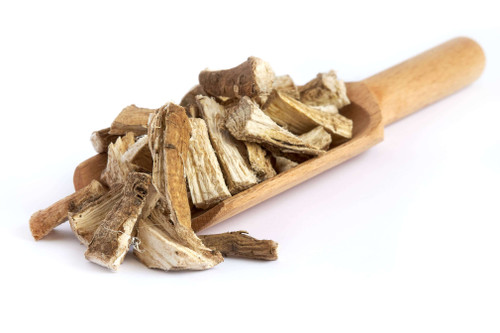
Marshmallow Root (Althea officinalis)
Marshmallow may have originated in Europe and central Asia and has probably been used by humans for thousands of years; pollen from a related species was found in 60,000-year-old Neanderthal grave. Today, it grows much throughout Europe and in many regions of North America. The part used medicinally is the root.*

Rhubarb Root (Rheum officinale/palmatum)
Rheum palmatum, the easier of the rhubarb species to locate for medicinal purposes, is a plant native to western China and eastern Tibet; Rheum officinale is currently cultivated only in gardens in temperate regions of the world. There is also Rheum rhababrarum and R. rhapositum, which are garden varieties used mainly in cooking. Only rhubarb's taproot is used medicinally and it must be at least three years old, though it is suggested that roots six to ten years old are actually most effective.*

Guar Gum (Cyamopsis tetragonoloba)
Guar gum originated from India, Australia, South Africa and the United State, and is native to the Indian subcontinent. The entire plant can be used medicinally. Guar gum is particularly useful for regulating digestion and in cases of diarrhea. A bulking agent, it is also useful in promoting a feeling of satiety.*
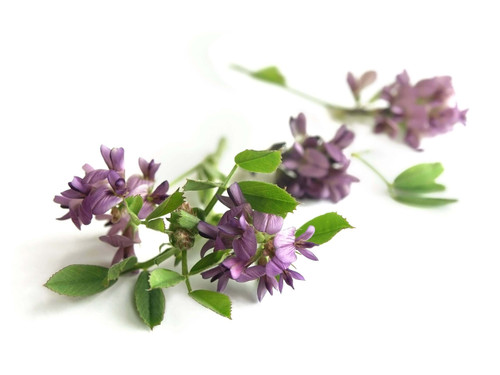
Alfalfa (Medicago sativa)
Indigenous to the Mediterranean, this plant is now cultivated throughout the world. The entire flowering plant can be used medicinally, as can the germinating seeds. Alfalfa alkalizes the body and aids in its detoxification, acts as a diuretic, anti-inflammatory and antifungal agent, balances healthy blood sugar and promotes pituitary gland function.*

Peppermint Leaf (Mentha peperita)
First identified in England in 1696, peppermint is a common medicinal herb. Only the leaves are used medicinally; they are often used in pharmaceutical and herbal products. Peppermint increases the acidity of the stomach, thereby aiding digestion. It has a slight anesthetizing effect on the mucous membranes and the gastrointestinal tract.*

Uva Ursi Leaf (Arctostaphylos uva-ursi)
Grown in northern Europe, the Alps, northern Asia and North America, uva ursi can be found in light, dry pine and larch forests, in dwarf-shrub areas, in bogs, and in the mountains among dwarf pines. Only the leaves - finely chopped or coarsely ground - are used for medicinal purposes.*

Stevia Leaf (Stevia rebaudiana)
Also known as “honey leaf,” this herb is native to South America and Asia, is up to forty times sweeter than sugar, and has been used for centuries. The most commonly used calorie-free sweetener in Japan, in the United States it is considered an herbal product. Refining the leaf of this plant results in an extract called stevioside, which is up to 300 times sweeter than sugar; both stevia and stevioside are safe for use and are commonly turned to by many people, especially those managing blood-sugar levels.*

Licorice Root (Glycyrrhiza glabra)
Native to southeast Europe and southwest Asia, licorice grows wild throughout many European nations and the Middle East. Only its roots - fresh or dried - are used medicinally. It is most often used to treat mucous membrane inflammation and to soothe coughs. Licorice has anti-inflammatory, antiulcer, expectorant, antiplatelet, antifungal, and antibacterial properties.*

Aloe Vera (Aloe barbadensis/capensis/vera)
From its origin in eastern and southern Africa, Aloe has migrated to America. Today it is primarily grown in subtropical areas of the United States and the West Indies. The leaves of the aloe plant contain its medicinal substances, which are used as a strong laxative and wound healer. Probably best known for its ability to help heal burns, Aloe is also a potent laxative, easily stimulating the colon.*

Senna Leaf (Senna spp.)
Most senna sold in the United States is called Alexandrian senna, which is actually a blend of three species of senna that originated in Africa. A different species, Senna marilandica, grows wild from New England to North Carolina. [1] Only its leaves, fresh or dried, are used medicinally.

Chamomile Flower (Matricaria recutita; Chamaemelum nobile)
There are two major forms of chamomile used in the United States - German and Roman - but because they have many of the same therapeutic properties, they are often used interchangeably. [1] Chamomile is native to the Near East and to southern and eastern Europe, though it grows today all throughout the world. [2] Only the flower heads and the first two or three inches of the stem are used medicinally. [3]

Rose Hip Fruit (Rosa canina/gallica/rugosa/villosa/spp.)
Rose bushes and shrubs, which grow freely throughout the United States, are actually native to Europe, northern Africa and western and central Asia. [1] The fleshy fruit of the rose, known as the rose hip, can be used fresh or dried for medicinal purposes.

Passion Fruit (Passiflora edulis)
Grown all over the world, but native to Brazil, passion fruit has a sweet-tart flavor and contains tiny edible seeds that are high in fiber. [1] It contains several key nutrients including B vitamins, calcium, magnesium, potassium, zinc, and important phytochemicals such as beta-carotene, flavonoids, and xanthophylls. [2]

Uva Ursi Leaf (Arctostaphylos uva-ursi)

Turmeric Root (Curcuma longa/domestica)
A member of the ginger family, the root of the turmeric plant has been treasured by Ayurveda and by Chinese medicine for centuries. [1] Only the root is used medicinally, frequently ground to a fine powder.

Garlic Bulb Powder (Allium sativum)
For more than 5,000 years, garlic has been valued for its healing properties and its ability to increase the body's strength and energy. [1] Garlic's fleshy bulb is the only part used medicinally.

Fenugreek Seed (Trigonella foenum-graecum)
Fenugreek grows wild in the eastern Mediterranean region, including North Africa, as well as in the Near East and China; in the United States it is cultivated as a garden plant. [1] Only the plant's small seeds have a medicinal use.

Artichoke Leaf (Cynara scolymus

Pau D'Arco Powder (Tabebuia heptaphylla)
Pau D'Arco can be found throughout South America; its dried inner bark is used medicinally. [1]

Hyssop Leaf (Hyssopus officinalis)
Native to southern Europe and the temperate regions of Asia, hyssop is now naturalized in North American and grown throughout the world. [1] The leaves, stems, and flowers are all used medicinally and can be harvested throughout the year.

Gentian Root (Gentiana lutea)
Gentian is found in Europe's central and southern mountainous areas; it does not grow wild in the United States. [1] Only the dried, chopped roots are used medicinally.
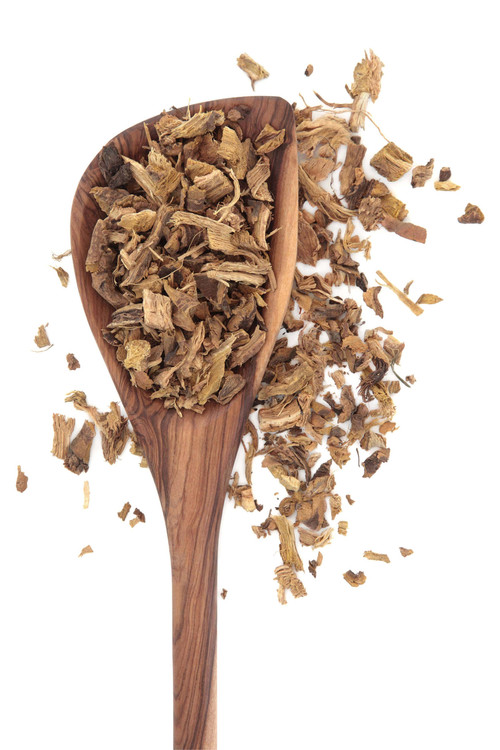
Yellow Dock Powder (Rumex crispus)
Yellow dock is indigenous to Europe and Africa, but grows wild in many regions of the world. [1] Its dried rhizomes and roots are used medicinally.















